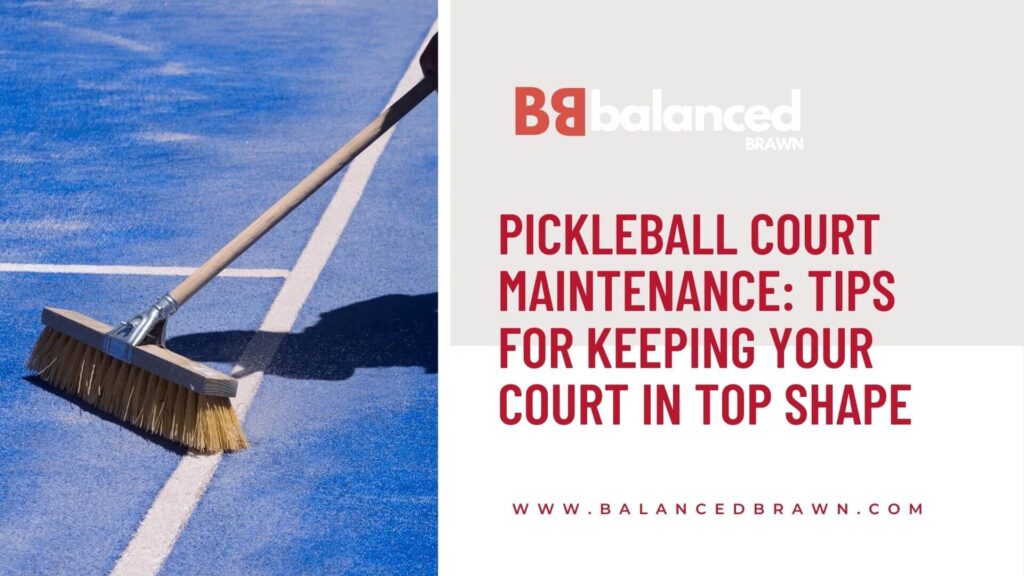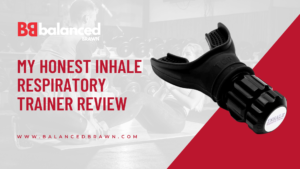Table of Contents
Maintaining a pickleball court is essential for ensuring a high-quality playing experience and prolonging the life of the surface. Proper upkeep can prevent costly repairs and ensure that the court remains safe and enjoyable for players. This guide offers detailed advice on maintaining your pickleball court, covering cleaning, resurfacing, and repair tips. We’ll also discuss the dimensions and layout of pickleball courts to provide a comprehensive understanding of court maintenance.
Understanding Your Pickleball Court Surface
– Types of Court Surfaces
Pickleball courts can be constructed from various materials, each requiring different maintenance practices. The main types include:
- Asphalt: Durable and cost-effective, asphalt is commonly used but can crack over time. It requires periodic sealing to maintain its condition.
- Concrete: A popular choice for its longevity and low maintenance, concrete courts need to be resealed periodically to prevent moisture damage.
- Acrylic: These surfaces offer excellent playability and require regular cleaning and touch-ups.
- Synthetic Turf: Often used for multipurpose courts, synthetic turf needs proper cleaning and occasional brushing to maintain its appearance and functionality.
– Court Dimensions and Layout
For maintaining your court, it’s important to understand its dimensions and layout. A standard pickleball court measures 20 feet wide by 44 feet long. The court includes a non-volley zone, or kitchen, which extends 7 feet from the net on each side. For more detailed information on court dimensions, you can refer to How Big is a Pickleball Court?.
Regular Cleaning and Maintenance
– Daily and Weekly Cleaning
Routine cleaning helps prevent debris build-up and extends the life of your court surface. Here’s a guide on how to keep your court clean:
- Sweeping: Use a broom or leaf blower to remove leaves, dirt, and other debris from the court surface. Regular sweeping prevents debris from causing damage or affecting play.
- Washing: For acrylic and synthetic surfaces, use a mild detergent mixed with water to clean the court. Avoid harsh chemicals that can damage the surface. A pressure washer can be used for deep cleaning, but ensure it’s set to a low pressure to avoid damage.
– Monthly and Seasonal Maintenance
- Inspection: Conduct a thorough inspection of the court to identify any signs of wear or damage. Check for cracks, uneven areas, and faded lines.
- Line Maintenance: Touch up court lines with appropriate paint or tape. Regularly check that the lines are visible and accurate to maintain proper gameplay.
Resurfacing Your Pickleball Court
– When to Resurface
Resurfacing is necessary when the court surface shows significant signs of wear, such as cracks, peeling, or severe discoloration. For asphalt and concrete courts, resurfacing can restore the surface and improve playability.
– Resurfacing Asphalt Courts
- Preparation: Clean the court thoroughly and fill any cracks or holes with asphalt patching material. Ensure the surface is dry before applying a new layer.
- Application: Apply a fresh coat of asphalt sealant using a squeegee or roller. Allow adequate drying time before use.
- Maintenance: Regularly inspect the court for any new cracks or damage and address them promptly.
– Resurfacing Concrete Courts
- Cleaning and Repair: Clean the concrete surface and repair any cracks with concrete filler. Ensure the surface is dry and free of debris.
- Sealing: Apply a concrete sealant to protect the surface from moisture and UV damage. Use a roller or sprayer for an even application.
- Repainting Lines: After the sealant has dried, repaint the court lines using high-quality acrylic paint. Ensure lines are straight and accurate.
Repairing Common Issues
– Cracks and Holes
Cracks and holes can develop over time due to weather conditions and heavy use. Here’s how to address them:
- Asphalt: Fill cracks with asphalt crack filler and smooth with a trowel. For larger holes, use an asphalt patching compound.
- Concrete: Use concrete crack filler or epoxy to fill cracks. For larger holes, a concrete patch mix can be used. Ensure the repair material is well-mixed and applied evenly.
– Fading Lines
Court lines can fade due to weather exposure and wear. To restore them:
- Acrylic Courts: Use a line painting machine or tape to apply fresh lines. Choose high-quality, weather-resistant paint for durability.
- Synthetic Turf: Replace or touch up line markings using appropriate turf paint or tape.
– Surface Unevenness
Uneven surfaces can affect gameplay and cause injuries. To address this:
- Asphalt: Use a squeegee or roller to apply a leveling compound over low spots. Ensure proper drying before use.
- Concrete: Level uneven areas with a concrete resurfacer or patch mix. Smooth out the surface and allow it to cure properly.
Seasonal Maintenance Tips
– Winter Maintenance
Winter weather can impact your pickleball court, especially in colder climates. Here are some tips:
- Snow Removal: Use a plastic shovel or broom to remove snow from the court. Avoid metal shovels or salt, as they can damage the surface.
- Inspection: Check for ice formation or cracks that may develop during freezing temperatures. Address any issues before the weather warms up.
– Summer Maintenance
In hotter weather, your court may face different challenges:
- Heat Protection: Ensure that the court surface is not excessively hot, as this can affect playability and cause damage. Consider applying a heat-resistant sealant if necessary.
- Regular Cleaning: Increase the frequency of cleaning to remove dust and debris that can accumulate more quickly in dry conditions.
Enhancing Court Longevity
– Proper Use
Educate players on proper court usage to minimize wear and tear. Encourage them to avoid excessive force and rough play that can damage the surface.
– Regular Inspections
Conduct regular inspections to catch and address minor issues before they become major problems. Early intervention can prevent costly repairs and extend the life of the court.
– Professional Maintenance
Consider hiring professionals for periodic maintenance and resurfacing. They have the expertise and equipment to handle complex repairs and ensure high-quality results.
Choosing the Right Maintenance Products
– Cleaning Supplies
- Detergents: Use mild, non-abrasive cleaners suitable for your court surface.
- Brushes and Brooms: Choose soft-bristled brushes or push brooms to avoid damaging the surface.
- Pressure Washers: Use with caution, ensuring low pressure to prevent surface damage.
– Repair Materials
- Asphalt Crack Filler: For repairing cracks in asphalt courts.
- Concrete Filler and Patch Mix: For fixing cracks and holes in concrete courts.
- Court Paint: High-quality acrylic paint for line marking and touch-ups.
Future Trends in Court Maintenance
– Eco-Friendly Solutions
There is a growing trend towards eco-friendly maintenance solutions, including sustainable materials and environmentally safe cleaning products. Embracing these options can reduce environmental impact and align with green practices.
– Advanced Technologies
Advancements in technology may offer new solutions for court maintenance. Innovations such as automated cleaning systems and surface monitoring can provide efficient and effective maintenance options.
Bottom Line
Maintaining a pickleball court is crucial for ensuring a safe, enjoyable playing experience and extending the lifespan of the surface. Regular cleaning, timely resurfacing, and prompt repairs are key to keeping your court in top shape. By following the tips and best practices outlined in this guide, you can enjoy a well-maintained pickleball court for years to come.







